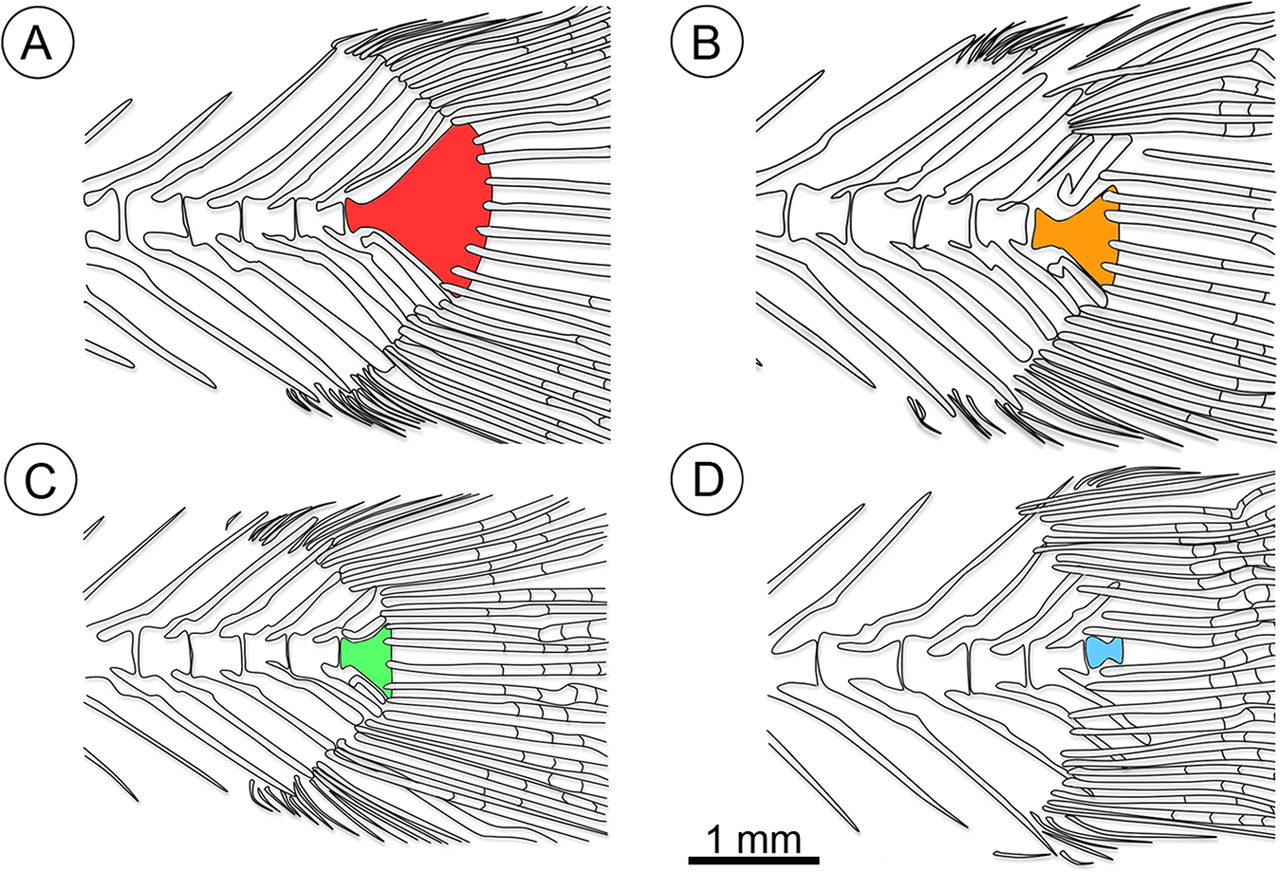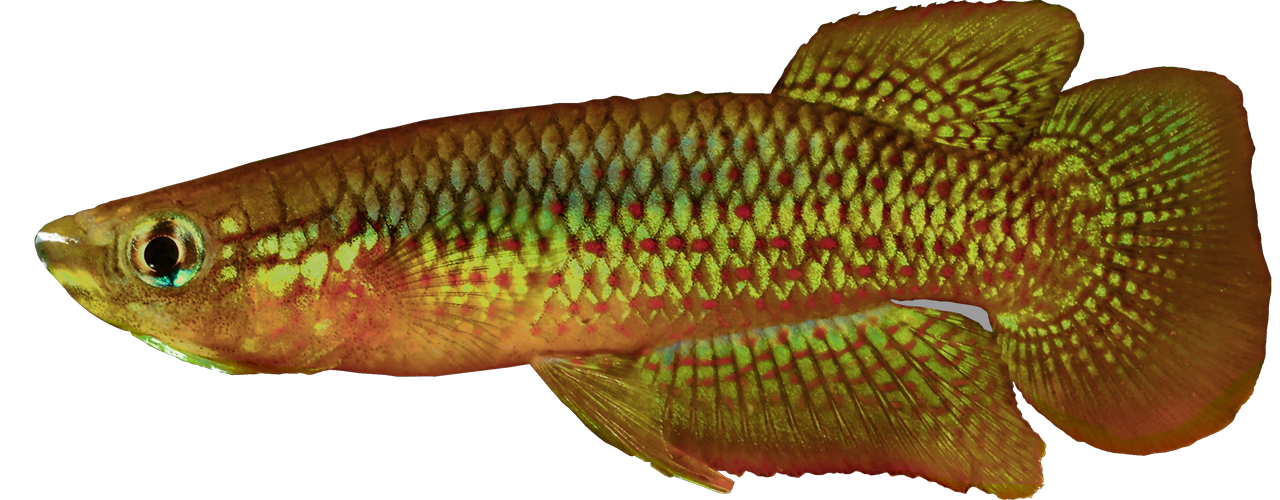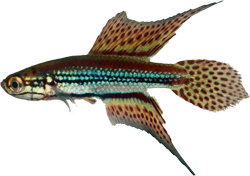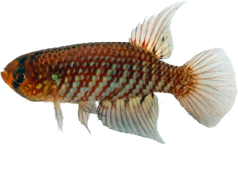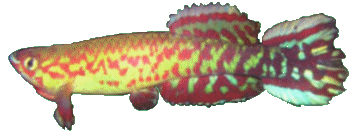"Members of the
Aplocheiloids of the Old
World have often been referred to as the
most primitive of all
Cyprinodontiforms.
Myers (1958) stated that the genus
Aplocheilus
represents the most basic characteristics" - (Parenti 1981)
Pohl 2015 Multigene phylogeny of cyprinodontiform fishes suggests continental radiations and a rogue taxon position of Pantanodon
Stiassny & de Pinna (1994) pointed to the fact that
several Malagasy freshwater fishes are phylogenetically
basal within their respective lineages. Beside cichlids
and aplocheiloids, this is also true for catfishes (genus
Ancharius) and atherinomorphs (family Bedotiidae).
The bedotiids are probably related to the Australasian
rainbowfishes (Dyer & Chernoff, 1996), but this relationship
is still to be confirmed by molecular data.
Among the remaining freshwater fishes from Madagascar,
the relationships of the killifish Pantanodon madagascariensis
to its supposed relative P. stuhlmanni from
brackish waters in East Africa, and the relationships of
the mugilid Agonostomus telfairii (from Madagascar,
Comoros and Mascarenes) to its supposed Neotropical
relative A. monticola (see Stiassny & Harrison, 2000) remain
to be tested with molecular datasets. In any case,
it must be stressed that these groups, as also cichlids
and aplocheiloids, belong to higher clades for which
the known fossil ages are much younger than the midMesozoic
separation of Africa and Madagascar (Lundberg,
1993; Patterson, 1993; Briggs, 2003b). - Vences 2004.
Traditionally the origins of tooth carps,
especially those in the Aplocheiloidei, are interpreted as
being a consequence of ancient vicariance (e.g., Murphy
& Collier, 1997; Sparks & Smith, 2005; Samonds et al.,
2012; Costa, 2013), in particular because their cladogenesis
largely reflects the breakup of the Gondwana
| |
supercontinent in deep Mesozoic times, with the Indian
Aplocheilus considered being sister to the MalagasySeychellean
Pachypanchax, and the South Amercan Rivulidae
sister to the African Nothobranchiidae (Murphy
& Collier, 1997; Sparks & Smith, 2005).
The vicariance
hypothesis for aplocheiloid origins however requires
confirmation as it conflicts with clade ages recovered
in several studies (e.g., Crottini et al., 2012;
Near et al., 2012, 2013; Broughton et al., 2013) that
place the origin of the entire cyprinodontiform clade into
the latest Mesozoic or early Cenozoic, similar to that of
cichlids (Vences et al., 2001; Friedman et al., 2013).
Particularly relevant for this aspect of cyprinodontiform
biogeography are the endemic tooth carps occurring on
Madagascar, the fourth largest island of the world. This
island has been separated from all other landmasses
since the Mesozoic and is characterized by a unique and
highly endemic biota, yet many of its radiations appear
to have originated after its isolation (Yoder & Nowak,
2006; Samonds et al., 2012). Madagascar is inhabited
by two native genera of cyprinodontiforms: the genus
Pachypanchax with currently six Malagasy and one
Seychellean species; and the genus Pantanodon, with
one described and one undescribed species known from
Madagascar, and one species occurring in Eastern Africa
(Sparks, 2003; Loiselle, 2006). So far, no molecular data
are available for Pantanodon, and only one Malagasy
species of Pachypanchax has been included in molecular
phylogenies (Murphy & Collier, 1997; Crottini et al.,
2012). (Pohl 2015) |
